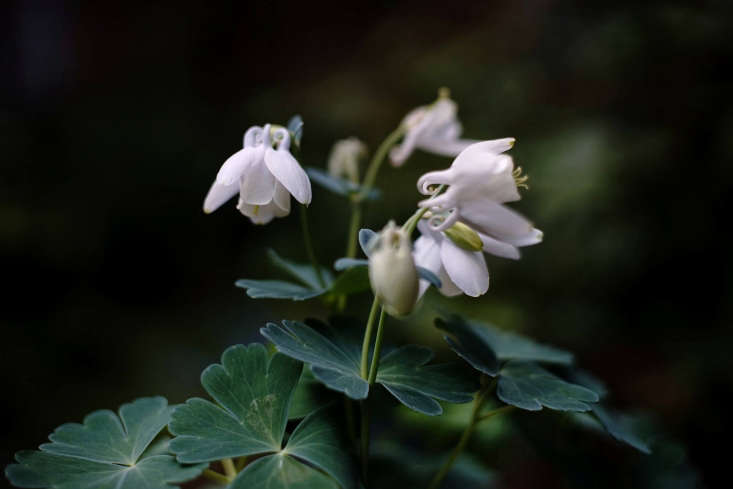I’ve devoted Garden Decoder columns to “annuals” and “biennials” before, and in defining those terms, I also ended up defining “perennials.” I figured I knew everything I needed to know about a plant’s life cycle, but recently I happened upon a fourth term that I had never heard of before: short-lived perennials. Here’s what I learned about them.
1. What are short-lived perennials?

Perennials are defined as plants that live for more than two years. Some, like peonies, can live for more than a 100 years, but there are others that aren’t quite as hardy. These are called short-lived perennials. Many gardeners define short-lived perennials as plants that have a lifespan of three to five years, but some experts categorize any plant that lives for less than 10 years as short-lived.
2. What are some examples of short-lived perennials?

Chances are you, you have or have had a short-lived perennial in your garden and you just didn’t know it. Columbines, lupines, delphiniums, coral bells, and hyacinths are all among the many perennials classified as short-lived. (So if you’ve grown them before, know that you are not to blame for their relatively short lives!) For a good list of common short-lived perennials, go here.
3. Why bother growing them?

One of the obvious perks of planting perennials is the cost-savings; you invest time and money planting them, but at least they will return year after year. So why buy a perennial that will stick around for just a few years when you can just as easily plant a longer-living one? There are good reasons to welcome short-lived perennials into your garden. First, many short-lived perennials (like biennials, actually) self-seed so even though you lose a plant after a few years, there’s a decent chance it will have scattered some bonus plants in your garden. Second, short-lived perennials often perform the first year you plant them; their long-lived cousins tend to take years before they present their best show.
For more in our Garden Decoder series, see:
- The Garden Decoder: What Are Hybrid, Heirloom, and Open-Pollinated Seeds?
- The Garden Decoder: What Are ‘Native Plants’?
- The Garden Decoder: What Is ‘Companion Planting’?












Have a Question or Comment About This Post?
Join the conversation (2)